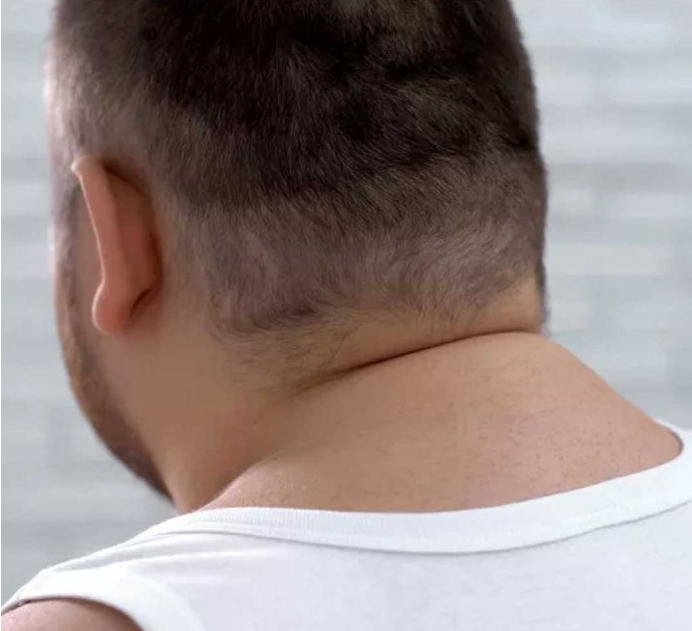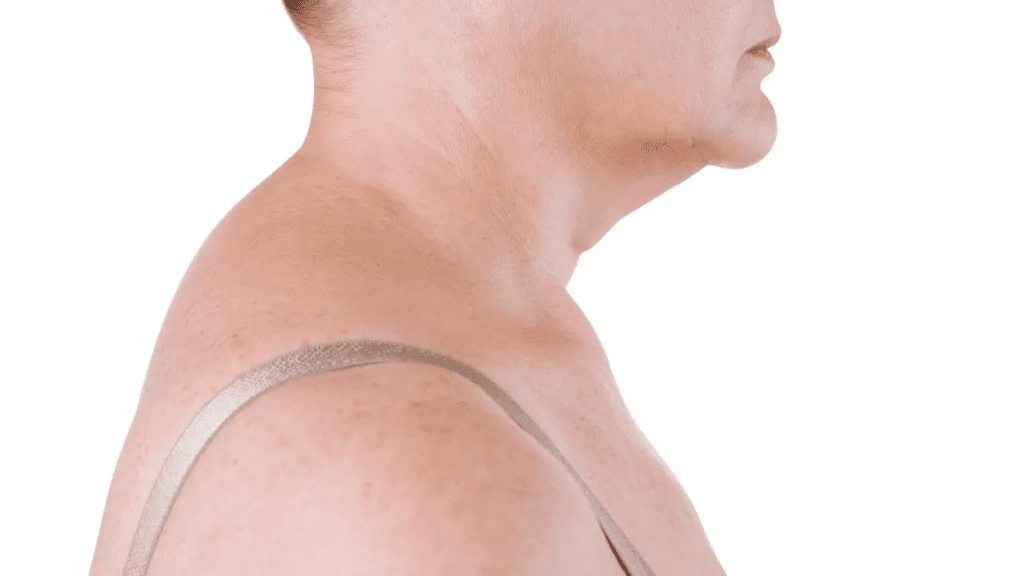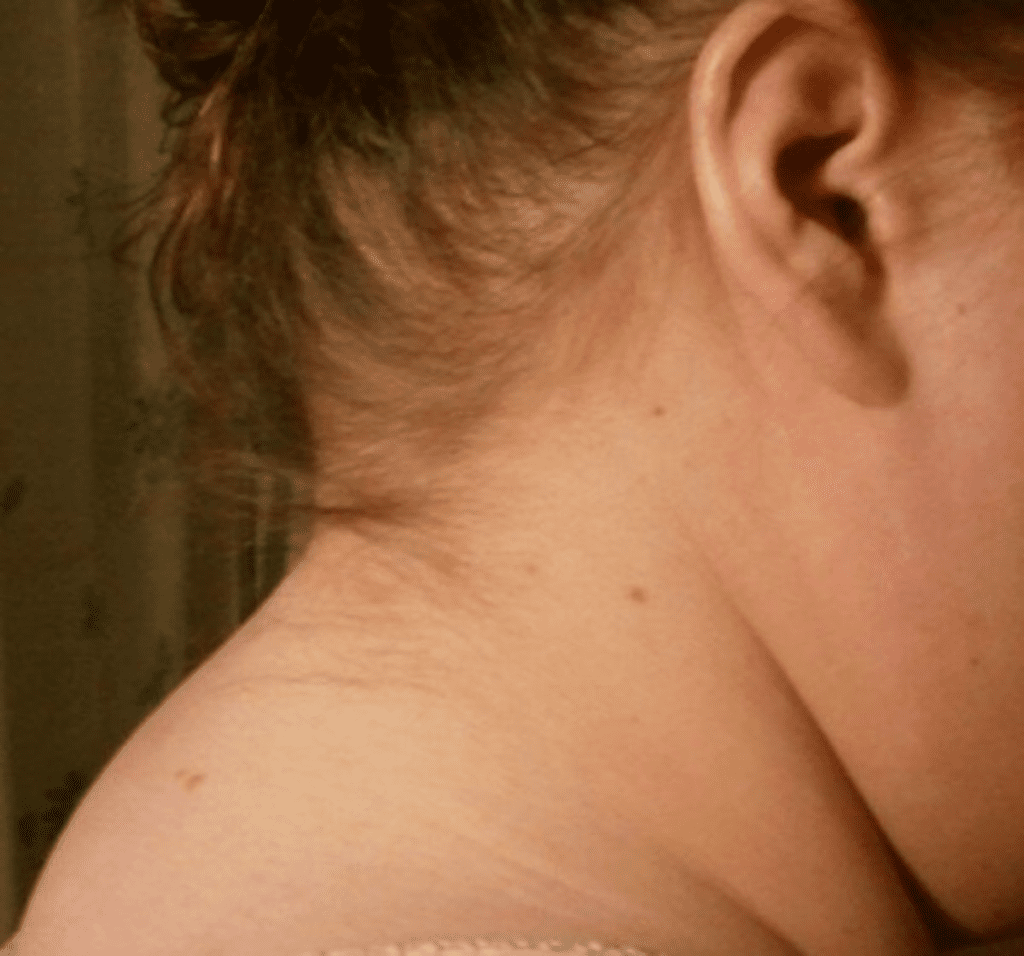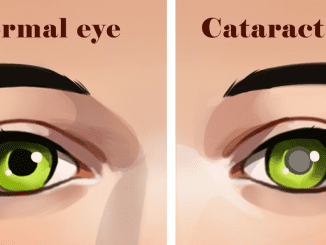A buffalo hump refers to an accumulation of fat at the back of the neck, right between the shoulders. While it can be a cosmetic concern for many, it often points to underlying health issues that need attention. This condition can occur in anyone, but it’s particularly common in individuals with certain medical conditions or those on long-term medications. Understanding what a buffalo hump signifies and addressing the root cause is crucial for effective treatment.

What Causes a Buffalo Hump?
Several factors can lead to the development of a buffalo hump. In many cases, it’s linked to hormonal imbalances or certain medications. Below are some of the most common causes:
- Corticosteroid use: Long-term use of medications like corticosteroids can result in fat redistribution, leading to the formation of a buffalo hump.
- Obesity: Excessive body fat can accumulate in various areas of the body, including the back of the neck.
- Cushing’s syndrome: A condition that results from prolonged exposure to high cortisol levels in the body, often leading to unusual fat distribution.
- Genetics: Some individuals may be genetically predisposed to fat accumulation in specific areas, including the neck.
- Osteoporosis: This condition weakens bones and can cause spinal deformities, making the buffalo hump more pronounced.
Knowing the cause of your buffalo hump can help determine the right treatment path and prevent further complications.
Medical Conditions Associated with a Buffalo Hump
The presence of a buffalo hump can be a sign of more serious underlying conditions. Some of the most common medical conditions linked to this issue include:
- Cushing’s syndrome: Characterized by an excess of cortisol, Cushing’s syndrome causes fat redistribution, often leading to the formation of a buffalo hump. Individuals with this condition may also experience weight gain, high blood pressure, and skin thinning.
- Lipodystrophy: This disorder is marked by abnormal fat distribution and can result in the appearance of a buffalo hump.
- Metabolic disorders: These conditions affect how your body processes fats and sugars, which can lead to abnormal fat accumulation in certain areas, including the neck.
- Osteoporosis: As the spine weakens, the buffalo hump may become more pronounced due to changes in posture and bone structure.
It’s essential to work with a healthcare professional to identify any associated conditions and address them accordingly.
Symptoms to Watch For Along with a Buffalo Hump
While the buffalo hump itself is a visible symptom, it is often accompanied by other signs, especially when related to underlying health issues. These may include:
- Upper body weight gain: A common symptom in conditions like Cushing’s syndrome.
- Thinning skin and easy bruising: Particularly associated with high cortisol levels.
- High blood pressure and blood sugar: Both are common in individuals with Cushing’s syndrome or metabolic disorders.
- Muscle weakness and fatigue: These symptoms can point to underlying hormonal imbalances or metabolic issues.
Pay attention to these symptoms and share them with your healthcare provider for an accurate diagnosis and effective treatment plan.
How Is a Buffalo Hump Diagnosed?
Diagnosing a buffalo hump begins with a physical examination. Your doctor will assess the size and consistency of the hump and may recommend further tests to identify any underlying conditions. Some diagnostic tools that may be used include:
- Blood tests: To check for hormone imbalances or metabolic issues.
- Imaging tests (X-ray or MRI): These can help rule out any spinal deformities or abnormalities.
- Bone density tests: Often used to assess for osteoporosis, which may contribute to the buffalo hump’s appearance.
A thorough medical history review and assessment of any medications you are taking are also key steps in determining the cause of the buffalo hump.
Treatment Options for a Buffalo Hump

The treatment for a buffalo hump depends largely on its cause. Here are some potential approaches based on the underlying issue:
- Medication adjustments: If the hump is caused by long-term corticosteroid use, your doctor may adjust or taper your medication under careful supervision.
- Weight loss and exercise: For those with obesity, losing weight and improving posture through exercise can significantly reduce the size of the hump.
- Surgical intervention: In severe cases, where the hump causes discomfort or is particularly large, surgery may be an option to remove the excess fat.
- Cushing’s syndrome treatment: If high cortisol levels are to blame, treatments may include medication, surgery, or radiation therapy to regulate cortisol production.
Always consult a healthcare professional to determine the best treatment approach for your situation.
Lifestyle Changes and Home Remedies
In addition to medical treatments, there are several lifestyle changes and home remedies that can help manage and even reduce the appearance of a buffalo hump:
- Exercise: Focus on exercises that improve posture, such as yoga or Pilates, which can help reduce the strain on your neck and back. Cardiovascular activities may also aid in fat reduction.
- Healthy eating: A balanced diet rich in lean proteins, fruits, and vegetables can support weight loss and improve your overall health.
- Posture correction: Using ergonomic furniture and practicing good posture can help minimize the strain on your back and neck, potentially reducing the appearance of a buffalo hump.
These lifestyle changes, when paired with medical treatment, can be highly effective in managing the condition.
Prevention and Long-Term Care for Buffalo Humps

Preventing the formation of a buffalo hump often involves addressing the factors that contribute to its development. Here are a few preventative measures to consider:
- Maintain a healthy weight: Staying within a healthy weight range can reduce fat accumulation in the neck area.
- Stay active: Regular exercise keeps your muscles strong and helps prevent fat from building up in specific areas.
- Manage stress: Stress can lead to high cortisol levels, so finding ways to reduce stress, like meditation or mindfulness practices, can be beneficial.
- Avoid long-term corticosteroid use: If possible, avoid or limit the use of corticosteroids under your doctor’s guidance to prevent fat redistribution.
When Should You See a Doctor?
If you notice the formation of a buffalo hump or experience any associated symptoms like rapid weight gain, high blood pressure, or fatigue, it’s crucial to seek medical advice. Early intervention can help address any underlying health issues before they worsen and prevent the hump from becoming more pronounced.
Conclusion: Managing and Treating a Buffalo Hump
A buffalo hump can be more than just a cosmetic issue—it often points to underlying health problems that need attention. By understanding the causes, symptoms, and treatment options available, you can take steps to manage the condition and improve your overall health. Whether through lifestyle changes, medical treatment, or surgery, addressing the root cause of the buffalo hump is the key to long-term relief.


